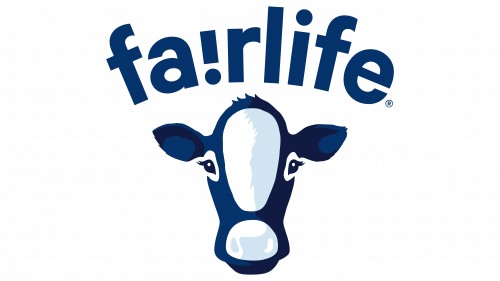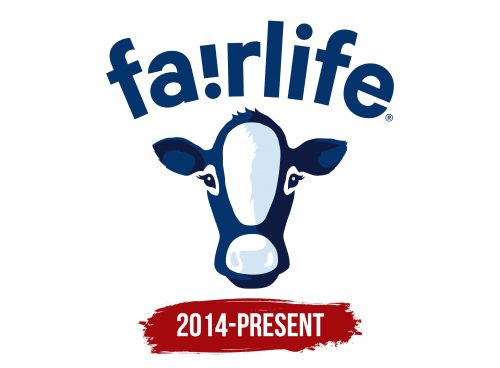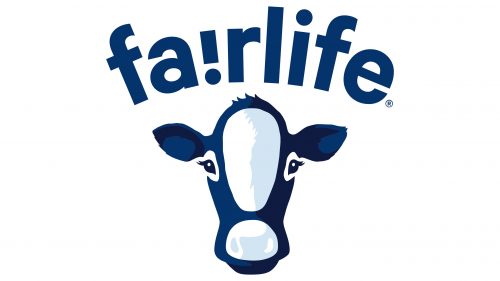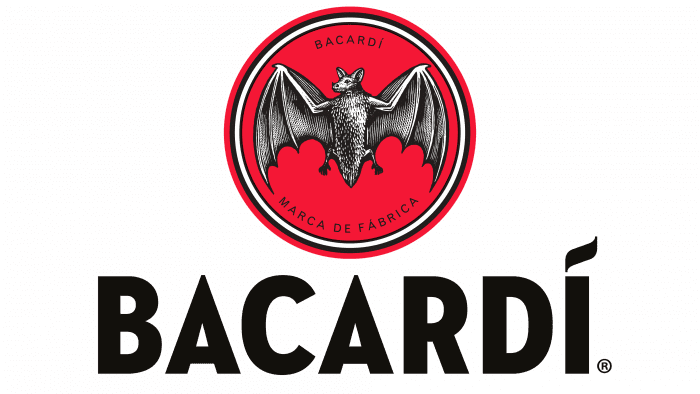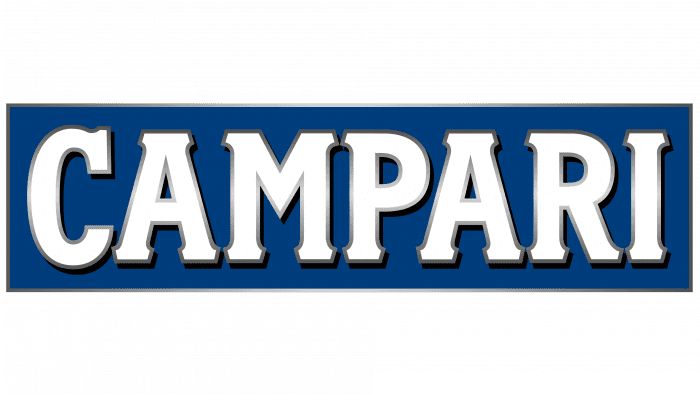The Fairlife logo is dynamic and memorable. The identity creators put a lot of effort into its development, formulating a precise concept and considering it the calling card of premium products. When the pricing policy for dairy products is nearly double that of competitors, the company places even greater obligations toward its target audience.
Fairlife: Brand overview
The McCloskey family, who own Fair Oaks Farms in Indiana, decided to develop a novel dairy product in 2012, which marked the beginning of Fairlife’s existence. They set out to develop milk with an enhanced nutritional profile to satisfy the rising demand for more functional and healthful foods.
The McCloskeys created a novel method of filtering milk that reduced lactose and sugar levels while raising calcium and protein content. They dubbed this procedure “ultrafiltration,” which eventually became the foundational technology of Fairlife.
The McCloskeys established Select Milk Producers in 2012, later becoming the forerunner of Fairlife. Under the brand Core Power, they began testing their product on the local market. This high-protein milk drink was designed for athletes and fitness enthusiasts.
After its success, key players in the dairy business became interested in Core Power. The Coca-Cola Company partnered with Select Milk Producers in 2012 after showing interest in the novel product. Due to this collaboration, Fairlife LLC was established in 2013, and Coca-Cola became a minority shareholder.
2014 was a pivotal year for the business. In the US, the brand formally introduced its ultrafiltered milk range nationally. The product was marketed as a lactose-free premium milk, low in sugar and higher in protein and calcium.
Early on, following its debut, the brand encountered certain difficulties. Growth was hampered by the product’s high cost and consumers’ mistrust of “processed” milk. Nonetheless, the business made a concerted effort to inform customers about the advantages of their offering.
Product line expansion took place in 2015 and 2016. The firm launched additional varieties and tastes, such as kid-friendly and chocolate milk. The business also started experimenting with other dairy items, including ice cream and yogurt.
In 2018, the company opened a new plant in Coopersville, Georgia, to increase its output. As a result, the business boosted output and enhanced distribution along the US East Coast.
2019 was a significant year for the brand’s global growth. After entering the Canadian market, the corporation modified its offerings to suit regional norms and tastes.
The corporation’s ownership structure saw a major shift in 2020. Having previously held a minority position in Fairlife, The Coca-Cola Company acquired the remaining portion of the business, bringing its ownership to 100%. This transaction enabled access to Coca-Cola’s worldwide distribution network and resources, opening new avenues for growth and brand expansion.
In the same year, the brand added a new range of milk drinks with oat milk, broadening its product offering. This decision was made in response to the rising demand for plant-based dairy substitutes, which helped the business reach a new market.
In 2021, the firm began expanding into new foreign markets. After customizing its products to suit local tastes and preferences, the company started selling them in China. This expansion was an essential component of the brand’s worldwide strategy.
In 2022, the brand introduced innovative packaging. It presented new, more environmentally friendly packaging for its products made of recycled materials. Additionally, the firm started a campaign to gather and recycle its goods’ discarded packaging.
In the same year, the company added items enhanced with probiotics and other health-promoting ingredients to their range of functional milk drinks. The target market for these new goods was the rising customers interested in functional nutrition.
In 2023, the brand’s production capabilities were further expanded. By establishing a new facility in Arizona, the business enhanced distribution along the US West Coast and got ready to go global.
The corporation continued funding R&D to produce dairy products that satisfy evolving consumer demands. Additionally, the company expanded its online presence by establishing social media marketing and e-commerce.
Meaning and History
Each element of the logo is multifaceted and expressive. The color scheme seems simple but effectively reflects the essence of the brand’s activities. Fonts, graphics, and symbols enhance its presentability. If the logo could be described in one word, it would be “perfection.” This also applies to the brand’s lactose-free products and luxurious dairy goods, which have existed since 2012.
Since its founding, the logo has remained unchanged, attesting to its attractiveness, which has drawn customers for over ten years.
What is Fairlife?
It is a dairy company known for producing milk and milk-based products. The brand is a subsidiary of The Coca-Cola Company. The company uses a unique filtration process to improve the nutritional profile of milk, resulting in products that contain more protein and calcium and less sugar than regular milk. The product line includes ultra-filtered milk, protein shakes and creamers. The brand focuses on sustainability and animal welfare, sourcing milk from farms that adhere to strict standards of cow care and environmental protection. The brand’s products are available in supermarkets, grocery stores and online retailers, appealing to consumers looking for nutritious and responsible dairy products.
2014 – today
The Fairlife logo emphasizes the brand’s connection to naturalness and milk, then presents information about dairy products with many competitive advantages. This effect was achieved through the successful arrangement and combination of elements. The logo, created at the company’s founding, remains unchanged, highlighting its uniqueness.
The cow’s head in the logo is perceived positively and with a touch of fun, complemented by a simple signature. Together, these two elements symbolize quality and uniqueness.
Two shades of blue, white, and black make the logo’s color scheme clear and graphic. The shadow effect adds realism to the image. The cow, resembling a calf, appears kind and cute, with beautiful ears, highlighted dark eyes, and a tuft of hair giving it a cartoonish look. At the same time, a hint of seriousness is noticeable in the animal’s gaze.
The brand name features interesting typography, with two attention-grabbing elements: an inverted “i” and semi-circular letter placement.
All letters are the same size, and the font resembles the trendy TT Commons Pro. The dark blue color of the letters is expressive and noticeable, while the white background enhances the visual effect. The unconventional letter shapes, with pointed edges, give the logo a sense of dynamism and movement, similar to arrows.
